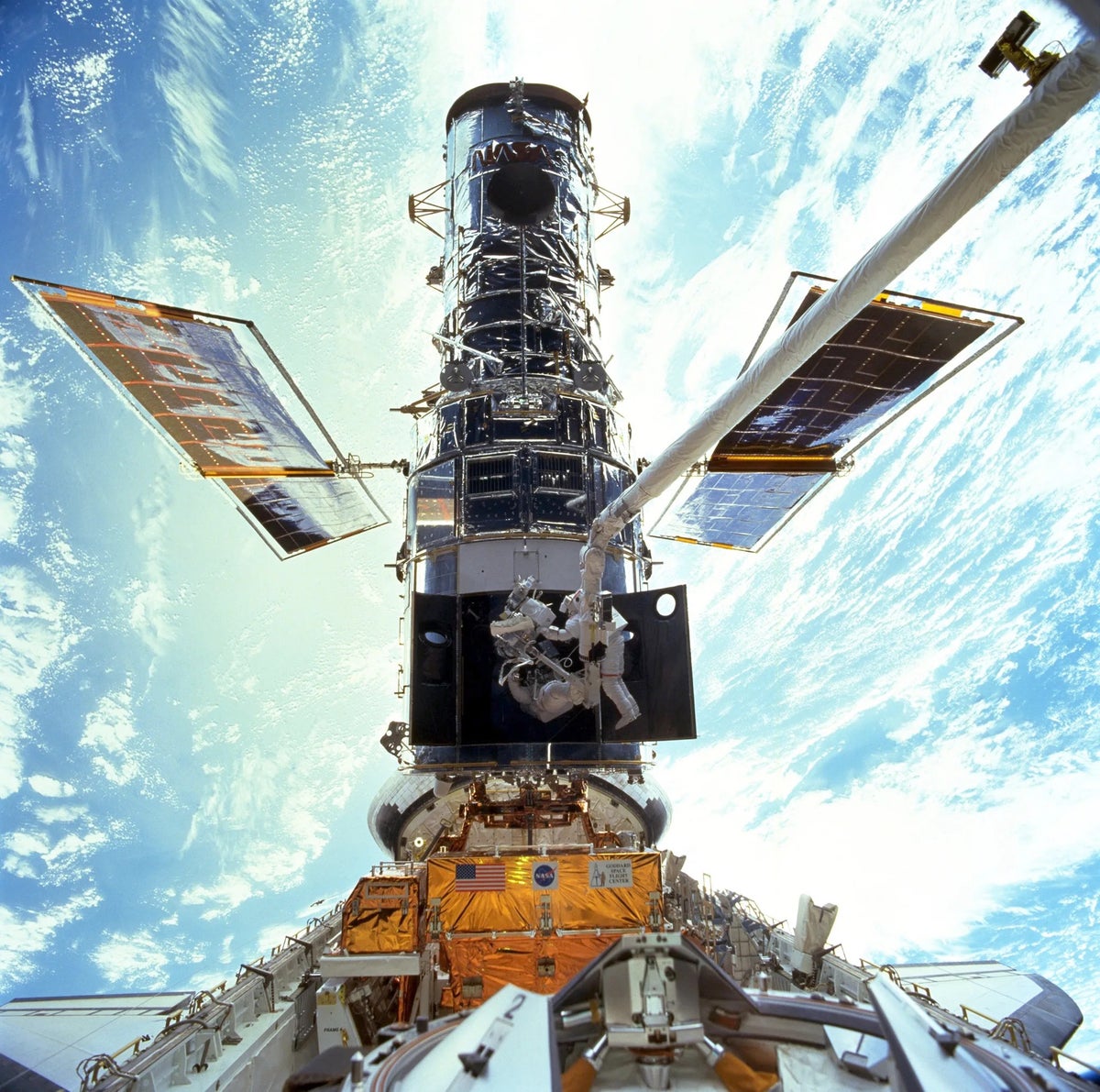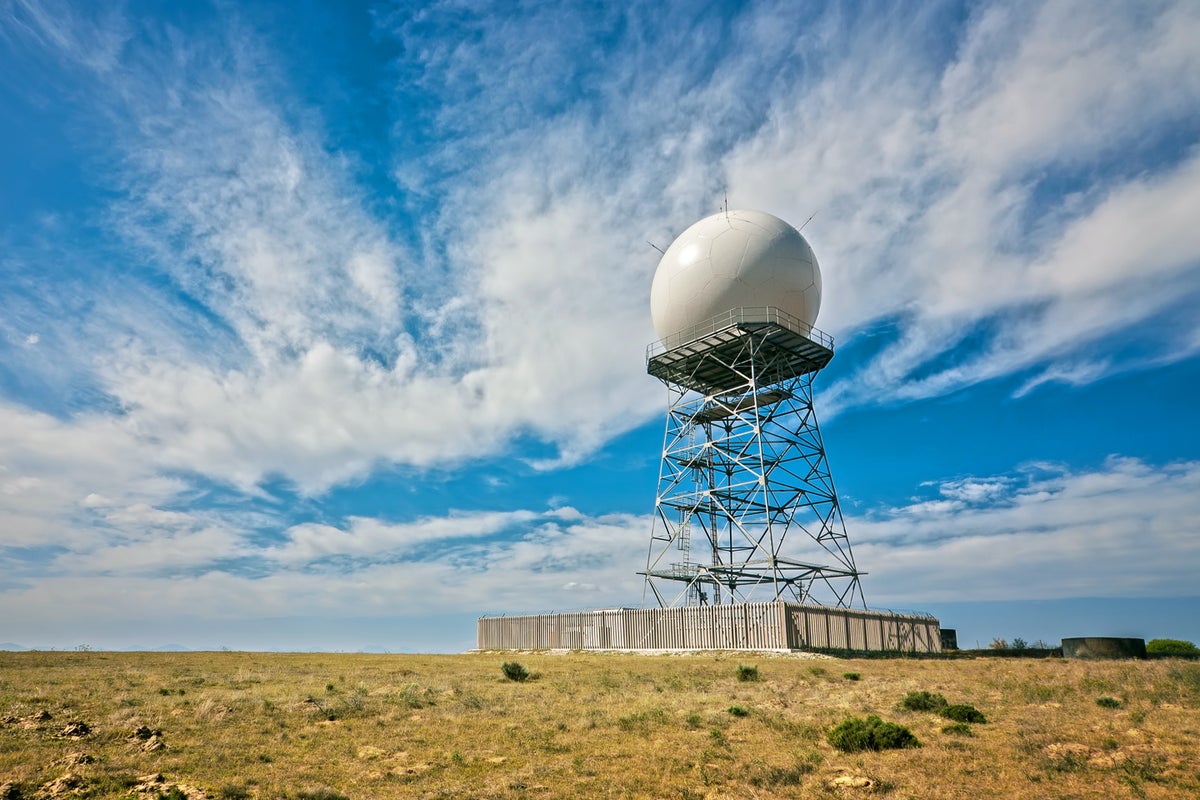Now Reading: Why Are Space Telescopes Crucial for Exploration?
-
01
Why Are Space Telescopes Crucial for Exploration?
Why Are Space Telescopes Crucial for Exploration?

Quick summary
- On April 24, 1990, NASA launched the Hubble Space Telescope into orbit aboard the Space Shuttle Finding.
- though Hubble is smaller than many ground-based telescopes (2.4-metre mirror),its position above Earth’s atmosphere grants sharper and deeper views of space.
- Advantages of space telescopes include:
– Darker sky visibility beyond atmospheric light pollution.
– Escape from atmospheric turbulence for clearer resolution and detection of dim celestial objects.
– Access to wavelengths like ultraviolet, x-rays, gamma rays, and infrared that are blocked by Earth’s air.
- Ground-based telescopes like Europe’s Extremely Large Telescope (ELT) can be less costly (~$2 billion) and offer greater light collection but lack some capabilities compared to space telescopes.
- The cost for space observatories is meaningful: Hubble has totaled $19.5 billion between 1977-2021; JWST cost ~$10 billion pre-launch with annual operational costs of ~$170 million now.
- Space-based and ground-based observatories ideally work in tandem to provide complementary astronomical insights.
Indian Opinion Analysis
The launch and sustained operation of advanced space observatories present profound opportunities for India’s growing ambitions in astronomy. While India primarily focuses on earthbound efforts with projects like the Giant Metrewave Radio Telescope or upcoming Thirty Meter Telescope collaborations, this article underscores why investments in orbital hardware-like ISRO’s forthcoming X-ray satellite ASTROSAT follow-ups-could expand frontier exploration into unseen cosmic regimes.
The high costs associated with building and running such systems highlight an area where partnerships may prove crucial rather than independent ventures. Just as the European Southern Observatory leveraged continental resources to build the ELT economically compared to NASA’s costlier JWST or Hubble projects, India’s strengths could lie in collaborative programs while optimizing budgets through scalable design strategies.
With ongoing global debates about such complementary infrastructure approaches rather than direct competition between terrestrial versus orbital tools, India remains well-poised as both an emerging regional leader in astrophysics research as well a pragmatic observer stakeholder leveraging balance equations worldwide realities financially alongside functional tech breakthroughs decade ahead again align



























